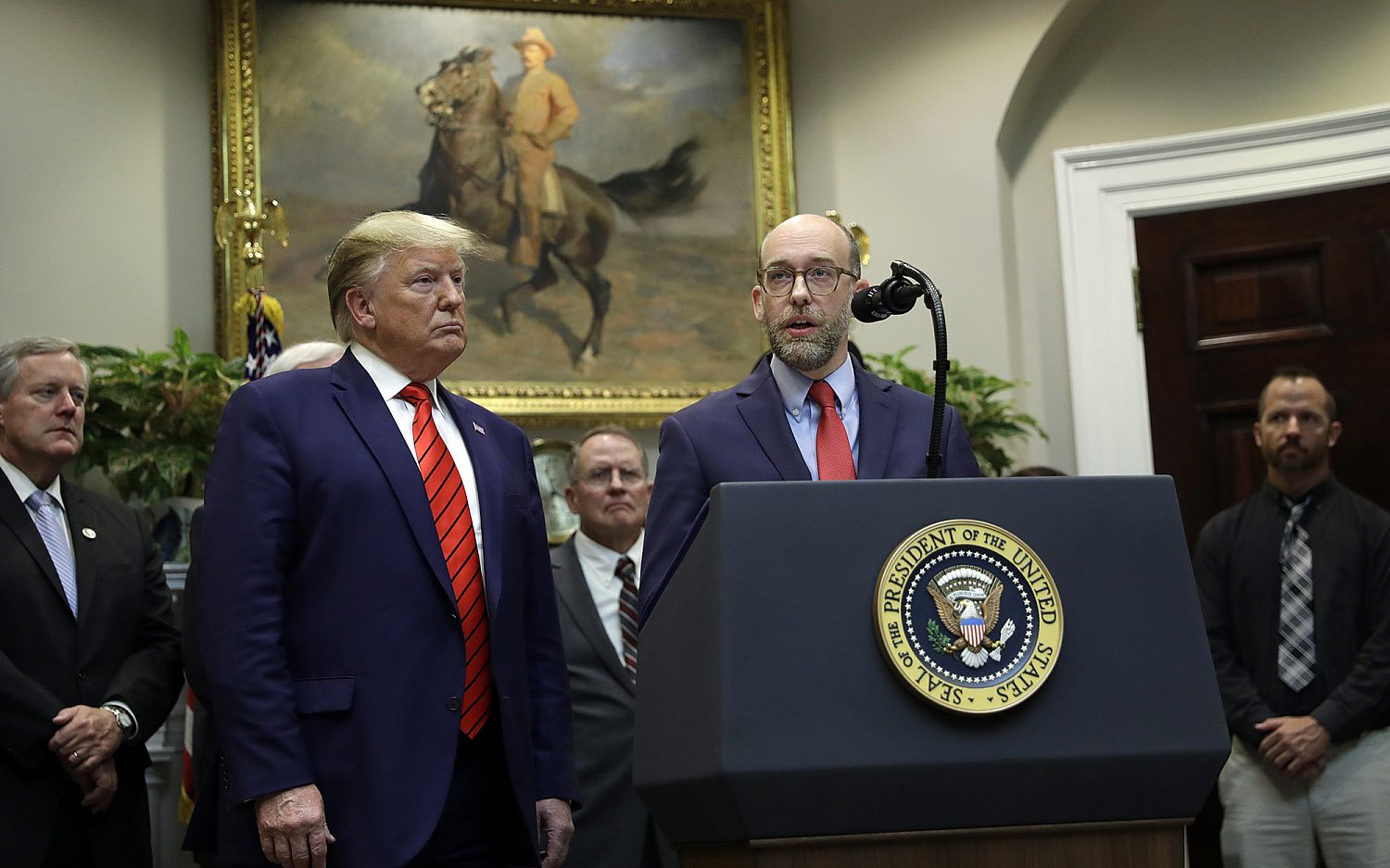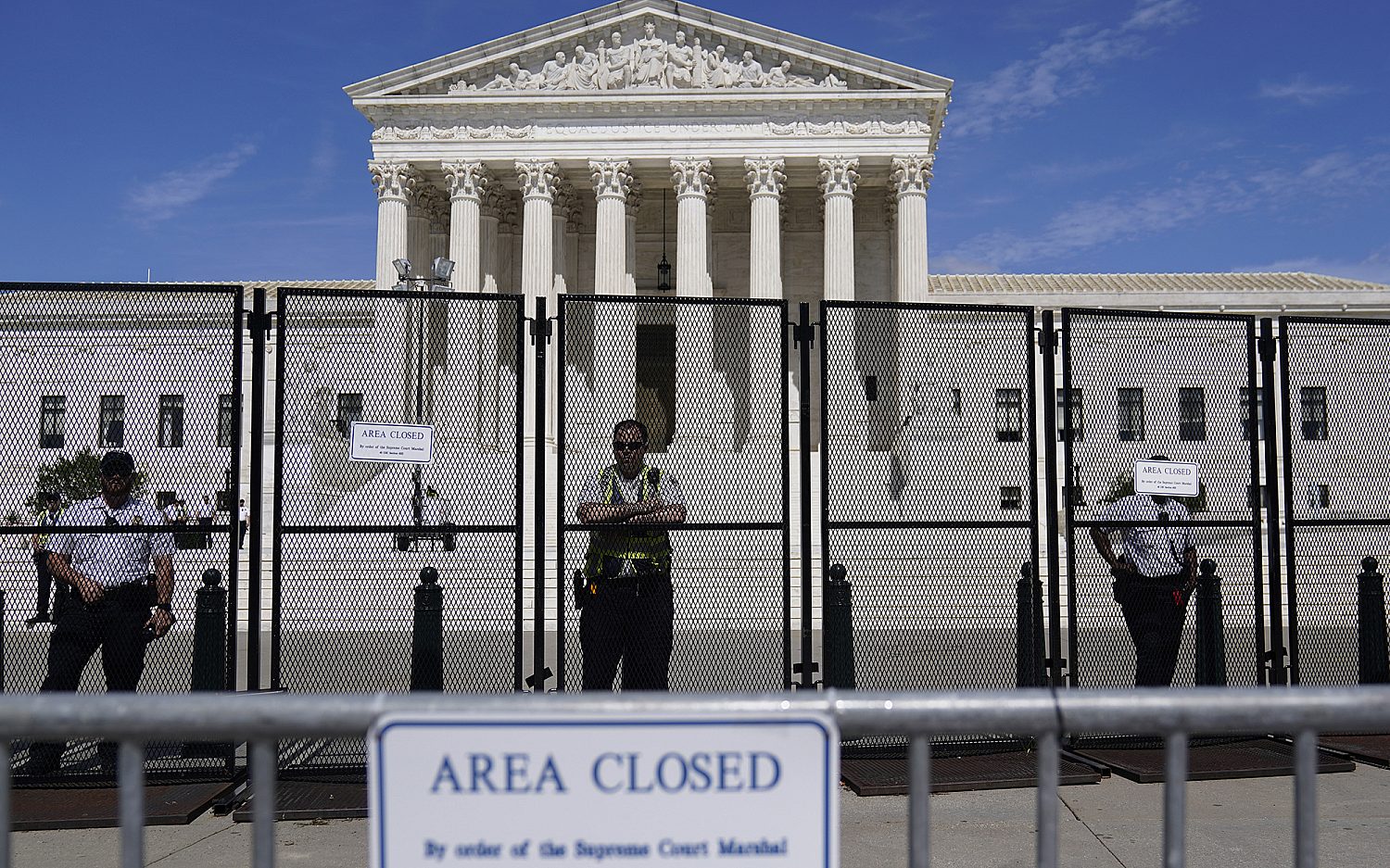Chinese factory disasters reveal lax safety laws
The United States had its terrible Triangle Shirtwaist Factory disaster in 1911, when a factory fire killed more than 100 women trapped behind locked doors. China had a poultry slaughterhouse disaster yesterday, killing 119 people and injuring 70 more—with locked doors again the culprit. Chinese officials expect the death count to rise as more bodies are recovered.
In clear violation of Chinese regulations, only one side door to the building was open – the rest were bolted shut. Workers quoted in state media said the doors were locked in part to keep employees from stepping outside for breaks, despite the requirement in Article 24 of China’s emergency response law requiring that safety exits be kept open and clearly marked. China’s labor law also mandates safe working conditions.
Some employees raised the alarm shortly after the shift began at 6 a.m. Then the lights went out, causing panic as workers scrambled to find an exit, 44-year-old worker Wang Fengya told Xinhua News Agency.
The lack of concern for working safety is not unusual: “Throughout China’s modern economic development, there has really been very little consideration for the rights and interests of the workers,” said Li Qiang, executive director of New York-based China Labor Watch, which closely tracks working conditions in China.
The Triangle Shirtwaist fire became a catalyst for stricter work-safety regulations in the U.S., but yesterday’s disaster was the third major industrial fire in China in the past four days. More than 80 Chinese workers died in a fire 20 years ago, and it appears little has changed since. “That the workers were locked inside in exactly the same way as 20 years ago … shows that laws are not being enforced and inspections are not taking place,” said Omana George of the Asia Monitor Resource Center, a worker advocacy group based in Hong Kong.
Jason Yan, the Beijing-based technical director for the U.S. Grains Council, said safety considerations usually take a backseat in China to features designed to maximize production and energy efficiency.
Official statistics say workplace accidents fell nearly 5 percent last year from the previous year, according to Yang Dongliang, head of the State Administration of Work. The death toll in China’s notorious coal mines fell by more than 30 percent last year because of stricter management.
But some doubt those figures, and George noted, “In most cases, safety officials only get active after the fact. They have few real incentives to go out and find problems. They prefer to be inert.”
The Associated Press contributed to this report.
An actual newsletter worth subscribing to instead of just a collection of links. —Adam
Sign up to receive The Sift email newsletter each weekday morning for the latest headlines from WORLD’s breaking news team.





Please wait while we load the latest comments...
Comments
Please register, subscribe, or log in to comment on this article.